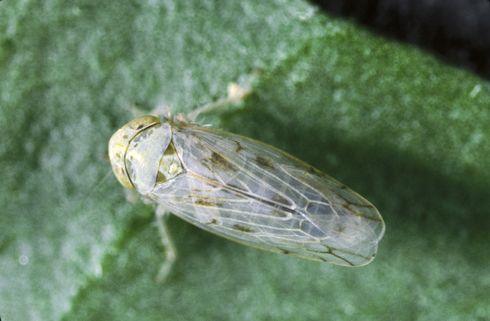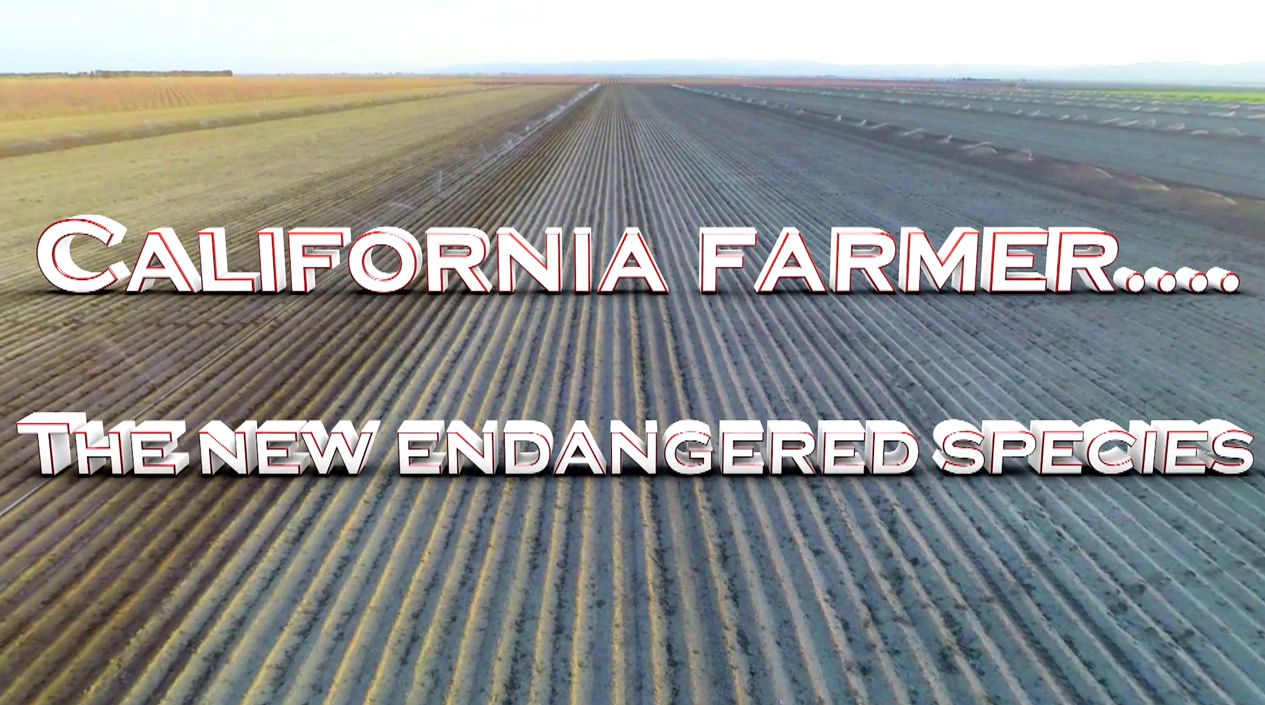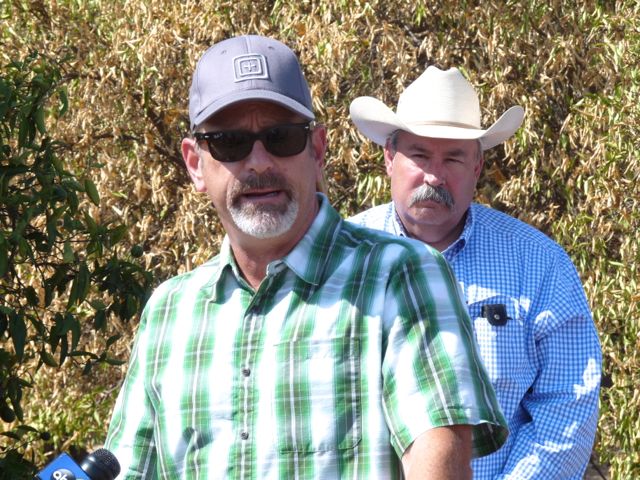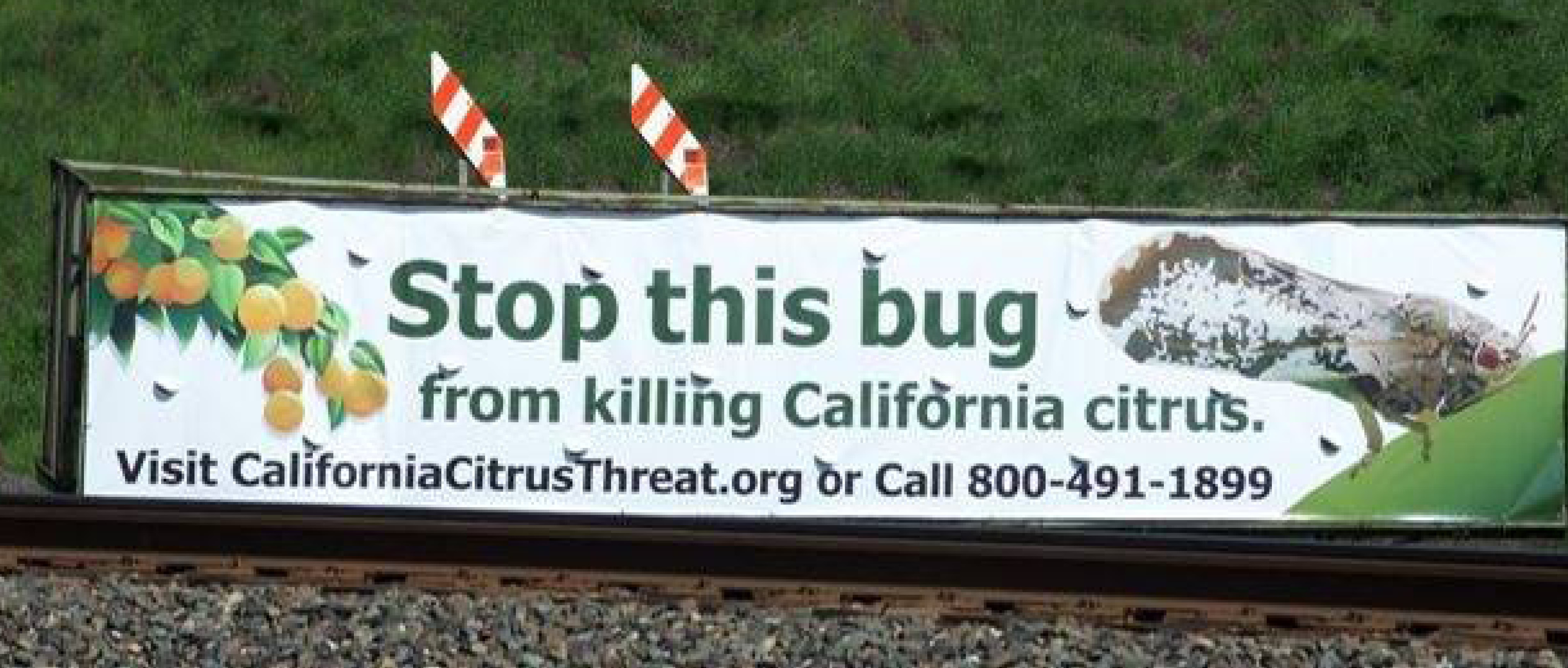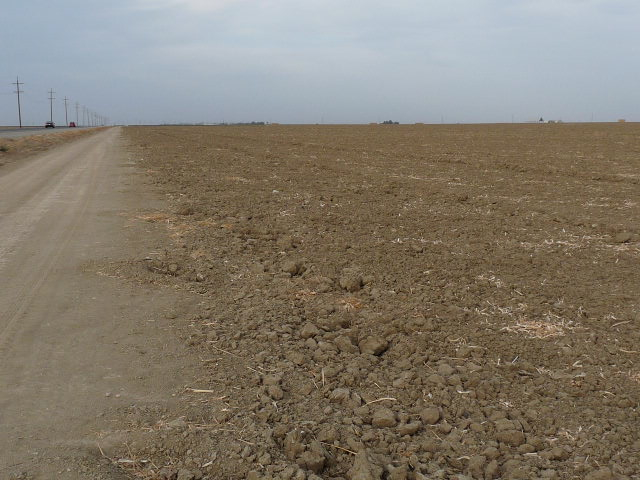Water Wisdom From A Lemon Grower
Water Wisdom: All Water is Recyled; We Are Not Losing It
By Brian German, Associate Editor
Keith Frietas, a lemon grower along the Kings River on the East Side of Fresno County, recently reflected on the value of water with California Ag Today, “I think that people are losing their perspective on the value of the resource. Our concept of the value of water is we’ve had it at our beck-and-call for all of our lives, especially our generation; never had to think about it; never had to worry about it. But there are people in the world who get up before the sun comes in the morning, put on a backpack full of empty containers, walk eight to nine miles, and put their lives at risk to get their daily supply of fresh water.”
Freitas does everything he can to use water as efficiently as possible, and passionately described his water management practices. “Because we live in Fresno and care about our little percentage of water, our take of that resource has to be commensurate with the share we give back to the world by using that water. So, our concept as water users takes the form of being stewards of that limited resource. I want the rest of the public and the world around me to understand that and trust that I have the skills to be a good water steward .”
Addressing the cycle of water, agricultural water in particular, Freitas said, “No fresh water leaves the earth. It all gets recycled. So farmers take that water, put it on the ground, grow 25 pounds of tomatoes and give all that water back–98 percent of it in tomatoes–plus the nutrients from that tomato we need to sustain a healthy life.”
Freitas noted how the water cycle could become even more efficient with increasing technological advances. “They’ve got five different stages of filtering wastewater now. Once we start implementing those five filtration stages, people will be able to eat that tomato, and within a week, the water from that tomato will be recycled back into use, back into the community where the tomato was consumed.”
Despite current statewide water restrictions and financial penalties for offenders, water is still being wasted. Freitas believes we must shift how our culture thinks about water to accomplish real change in water stewardship, “When you can’t change the dynamic of that mindset, you can’t force change by billing your way out of a drought.”


